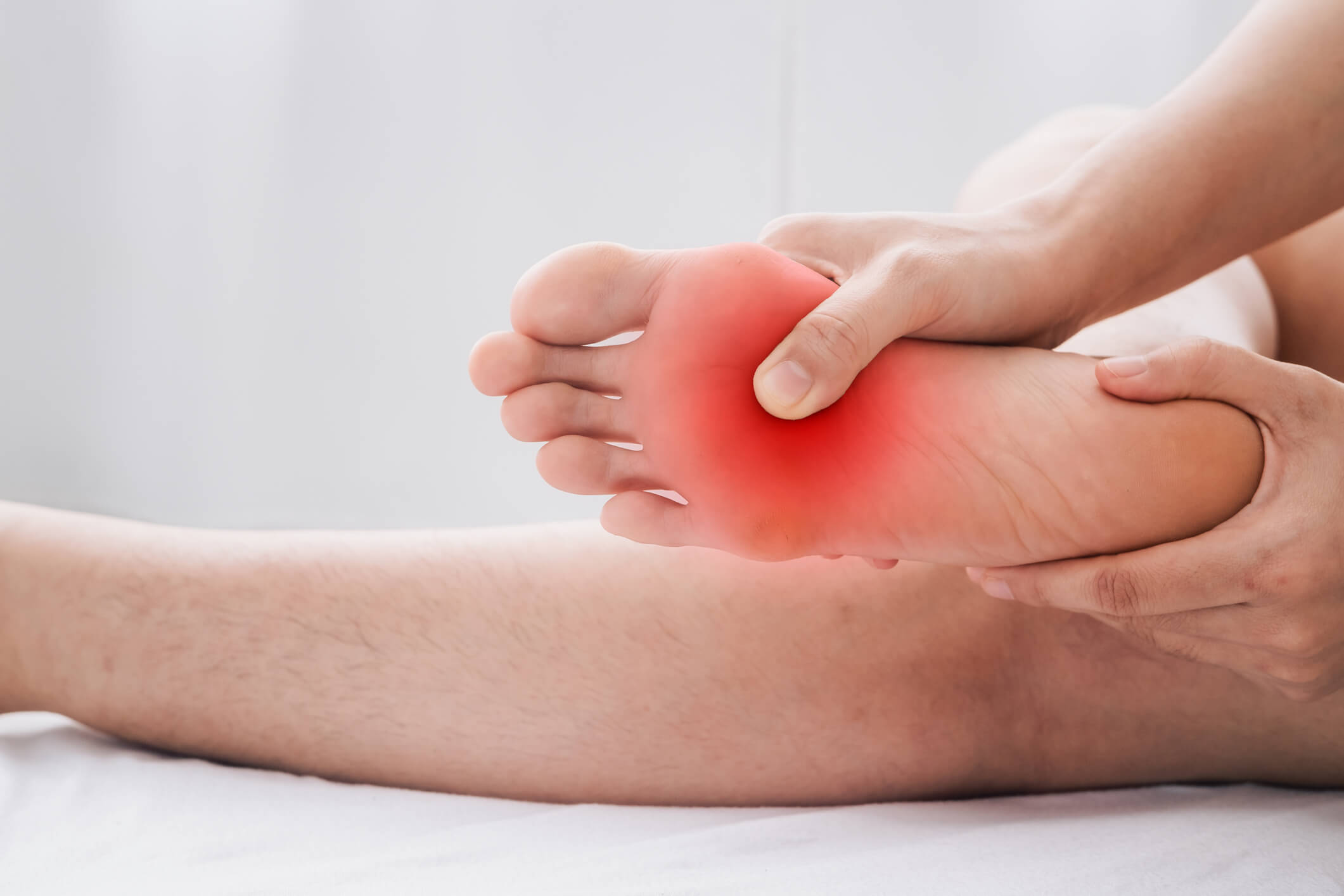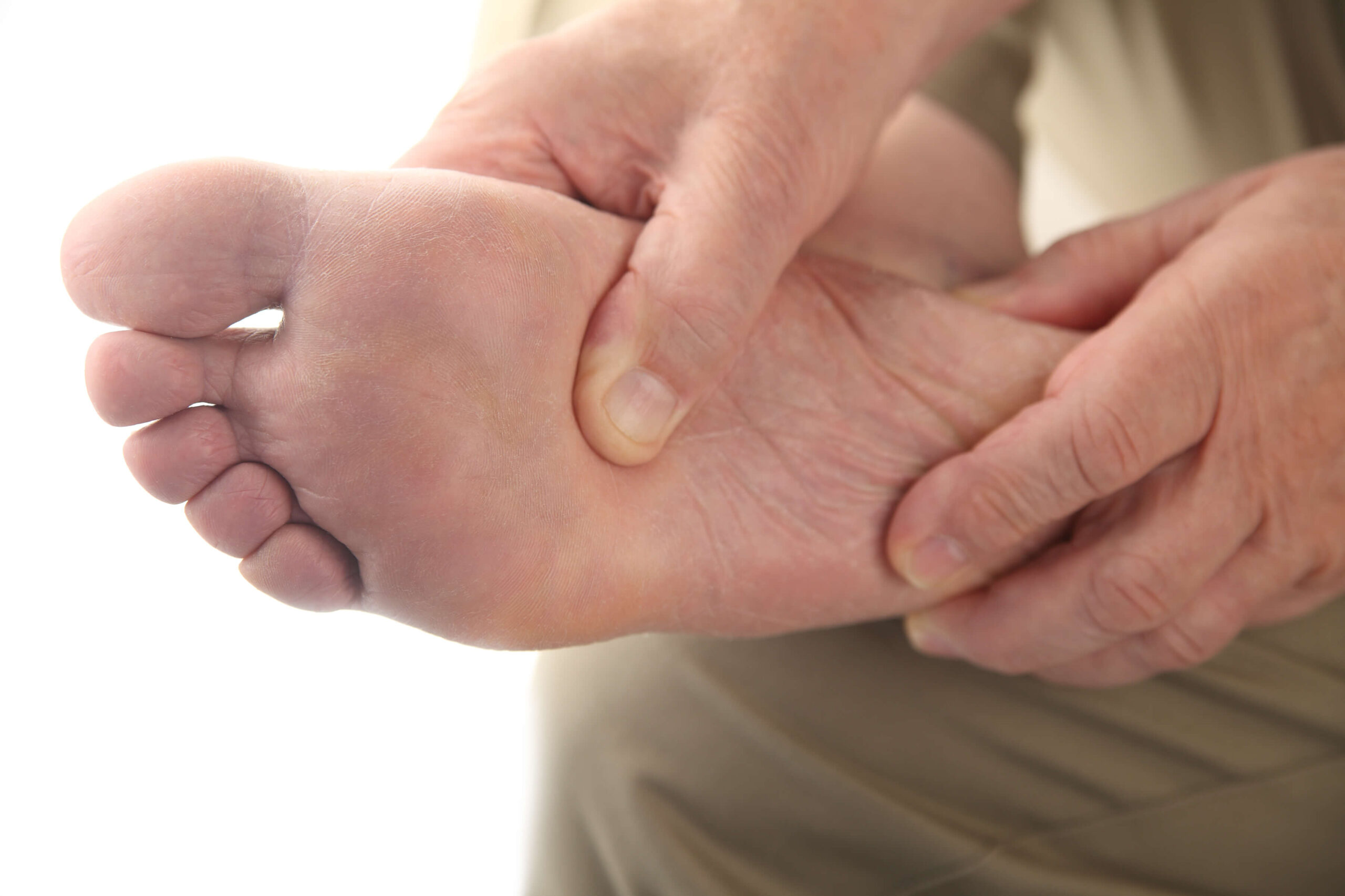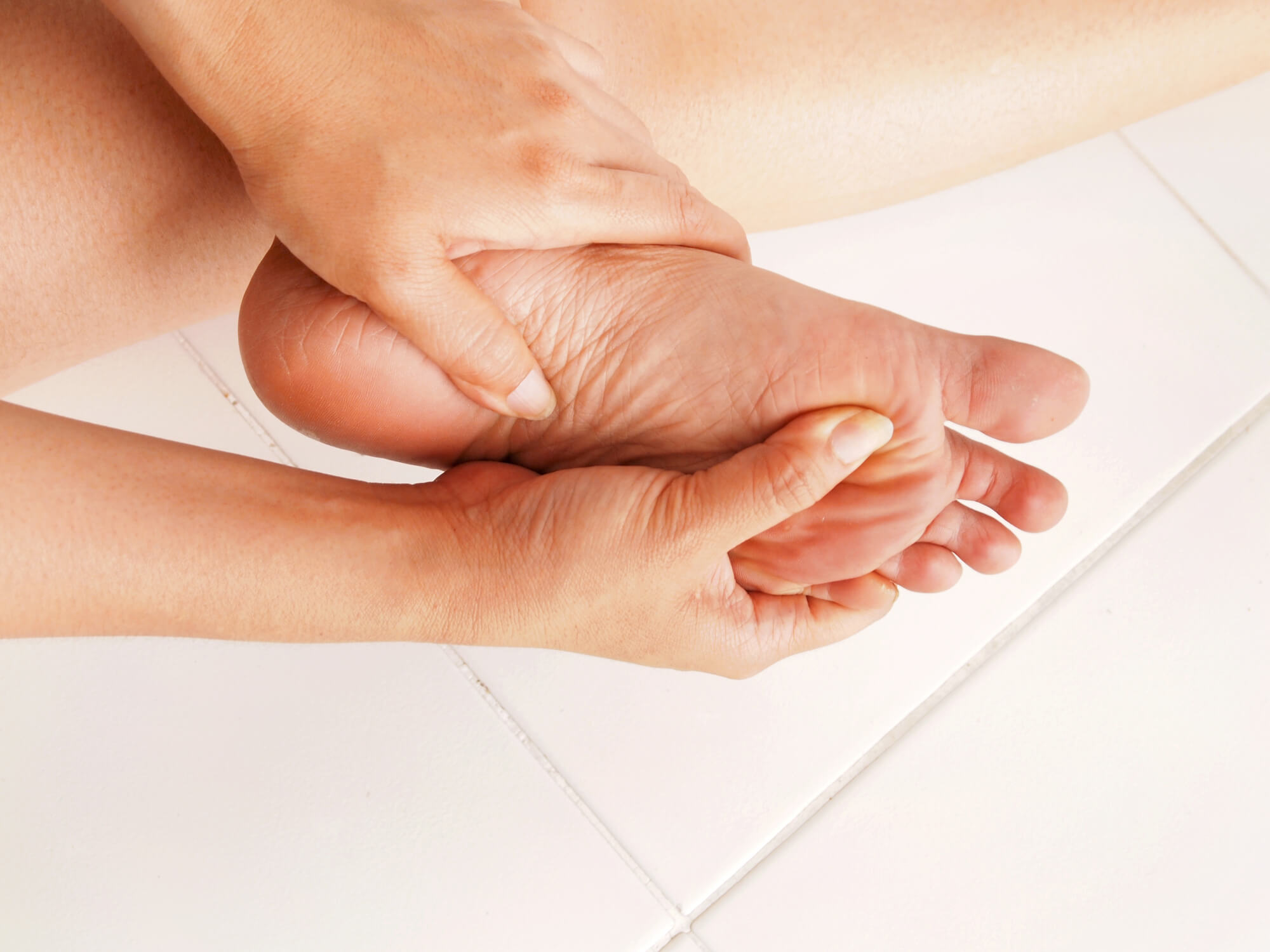How to Prevent Metatarsalgia
Metatarsalgia, also known as pain in the ball of the foot, is a common foot problem faced by many individuals. It is a condition that results from overuse or repetitive stress to the bones and joints located in the ball of the foot. This can cause pain and discomfort and if left untreated, can lead to more serious foot problems. In this article, we will discuss what metatarsalgia is, risk factors for the condition, preventative measures, and when to seek professional help from a podiatrist.
What is Metatarsalgia?
Metatarsalgia is a condition characterized by pain and inflammation in the metatarsal bones, which are the bones located in the ball of the foot. It can also be referred to as a pain in the ball of the foot.
Symptoms
The symptoms of metatarsalgia can vary in severity and include a dull, aching pain, sharp pain when standing or walking, burning or tingling sensation, and tenderness in the affected area. In severe cases, individuals may also experience swelling and difficulty walking.
Causes
Metatarsalgia can be caused by several factors, including foot structure, age, activity level, and footwear. A high arch or bunion can increase the risk of developing metatarsalgia, as can wearing shoes with a narrow or pointed-toe box. Repetitive high-impact activities, such as running or jumping, can also lead to metatarsalgia.

Risk Factors for Metatarsalgia
Foot Structure
Individuals with high arches or bunions are more susceptible to developing metatarsalgia. This is because the bones and joints in the ball of the foot are subjected to additional stress, causing foot pain and discomfort.
Age
Metatarsalgia can occur at any age, but it is more common in individuals over 40 who have lived a lifetime of wear and tear on their feet.
Activity Level
Individuals who participate in high-impact activities, such as running, jumping, or playing sports, are more at risk for developing metatarsalgia. Low-impact activities, such as walking or cycling, are less likely to cause the condition.
Footwear
Wearing shoes that do not fit properly or have a narrow or pointed-toe box can lead to metatarsalgia. High heels, in particular, can place a lot of pressure, leading to pain and discomfort.

Preventative Measures for Metatarsalgia
Footwear
- Choosing the Right Shoes: When it comes to preventing metatarsalgia, choosing the right shoes is key. Look for shoes that fit properly and have a wide, roomy toe box to provide ample space. Avoid shoes with a narrow or pointed-toe box, as well as high heels that place excessive pressure on the forefoot.
- Insole and Orthotic Support: Consider investing in insoles or orthotic supports that can be inserted into your shoes. Metatarsal pads, in particular, can help distribute pressure evenly and reduce pain and discomfort.
Stretching and Strengthening Exercises
Stretching and strengthening exercises can also help prevent metatarsalgia. Focus on the muscles in your feet, ankles, and legs, including the Achilles tendon, calf muscles, and the muscles in your legs. Some recommended exercises include:
- Toe curls: Place a small towel on the floor and use your toes to pick it up and put it back down.
- Arch lifts: Stand on the edge of a step with the ball of your foot, and then lift your heel off the step and hold for a few seconds before lowering it back down.
- Calf stretches: Stand facing a wall, with your hands on the wall for support, and then step back with one foot and bend the front knee while keeping the back leg straight.
Weight Management
Maintaining a healthy weight can also help prevent metatarsalgia. Carrying excess weight places additional stress on the bones and joints, leading to pain and discomfort.
Pain Management
If you are experiencing pain in the ball of your foot, it is important to manage it properly. Over-the-counter pain medication, such as ibuprofen, can help relieve pain and reduce inflammation. Applying ice to the affected area can also help reduce pain and swelling.

When to Seek Professional Help
If you are experiencing persistent pain in the ball of your foot and have tried preventative measures without success, it may be time to consult a podiatrist. Podiatrists are trained professionals who specialize in diagnosing and treating foot problems, including metatarsalgia. They can perform a thorough evaluation of your feet, including a physical examination, X-rays, and other diagnostic tests, to determine the cause of your pain and develop an appropriate treatment plan.
Treatment Options
Treatment for metatarsalgia may include a combination of non-surgical and surgical options, depending on the severity of the condition. Non-surgical treatments may include custom orthotics, physical therapy, and pain management techniques. In severe cases, surgical options, such as metatarsal osteotomy or metatarsal pad surgery, may be recommended to alleviate pain and improve function.
Conclusion
Metatarsalgia is a common problem that can cause pain and discomfort in the ball of the foot. By understanding the risk factors and preventative measures, individuals can reduce their chances of developing the condition. If you are experiencing persistent pain in the ball of your foot, it is important to seek professional help from a podiatrist. With proper treatment and management, metatarsalgia can be effectively treated, allowing you to enjoy pain-free, comfortable feet.

